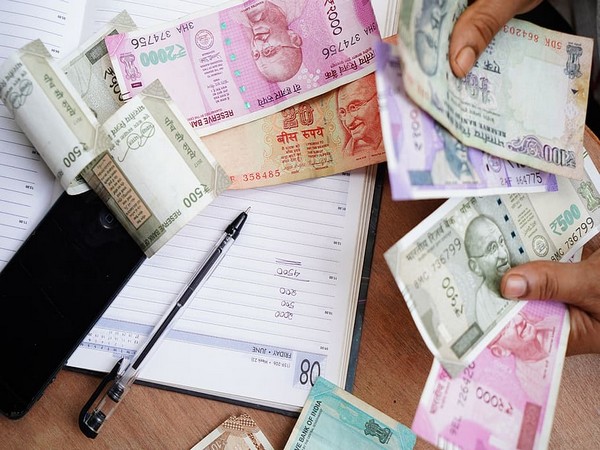
New Delhi: India's fiscal deficit, the difference between revenue and expenditure, is expected to be around 6.5 per cent of gross domestic product, against the Budget estimate of 6.4 per cent, SBI Research said in its weekly report.
The fiscal deficit for the first quarter of FY23 (April-June) has reached 21.2 per cent of the annual target compared to 18.2 per cent in the same period last financial year. "Tax revenue has been robust with record high GST revenues which have been possible because of increased compliance and higher economic activity. On the expenditure side, Government has incurred higher capital expenditure which bodes well for our growth potential," the report said.
GST collections have increased significantly this year, with the monthly collection remaining above Rs 1.4 lakh crore for five consecutive months, the report said adding that collections have been robust purely to the impact of consumption.
India's capital expenditure during the first quarter was 23.4 per cent of the Budget estimate compared to 20.1 per cent same period last year.
It mentioned that the government has announced several measures in this financial year to arrest rising inflation, including oil excise duty cuts, additional fertilizer and gas subsidies resulting in increased expenditure.
"However, windfall gain tax and additional tax revenue owing to GST over and above the budget are expected to provide relief to fiscal situation," it added.
However, India's trade deficit continues to show a rise and has widened to a record high of USD 31 billion in July, mainly on account of a decline in exports to USD 35 billion from over USD 40 billion during the previous month, while imports remained strong at USD 66 billion.
Cumulatively, India recorded a trade deficit of USD 100 billion during the April-July period.
"If we annualise this trade deficit number, it comes at 8.5 per cent of our GDP projections for FY23. Interestingly, this is much lower than the peak deficit of 10.7 per cent of GDP achieved in FY13. Thus the current situation is much better than that in 2012-13."
On the current account deficit front, it revised the estimates from 3.2 per cent of GDP to 3.7 per cent for 2022-23. CAD is the difference between a country's export value in comparison to its imports.